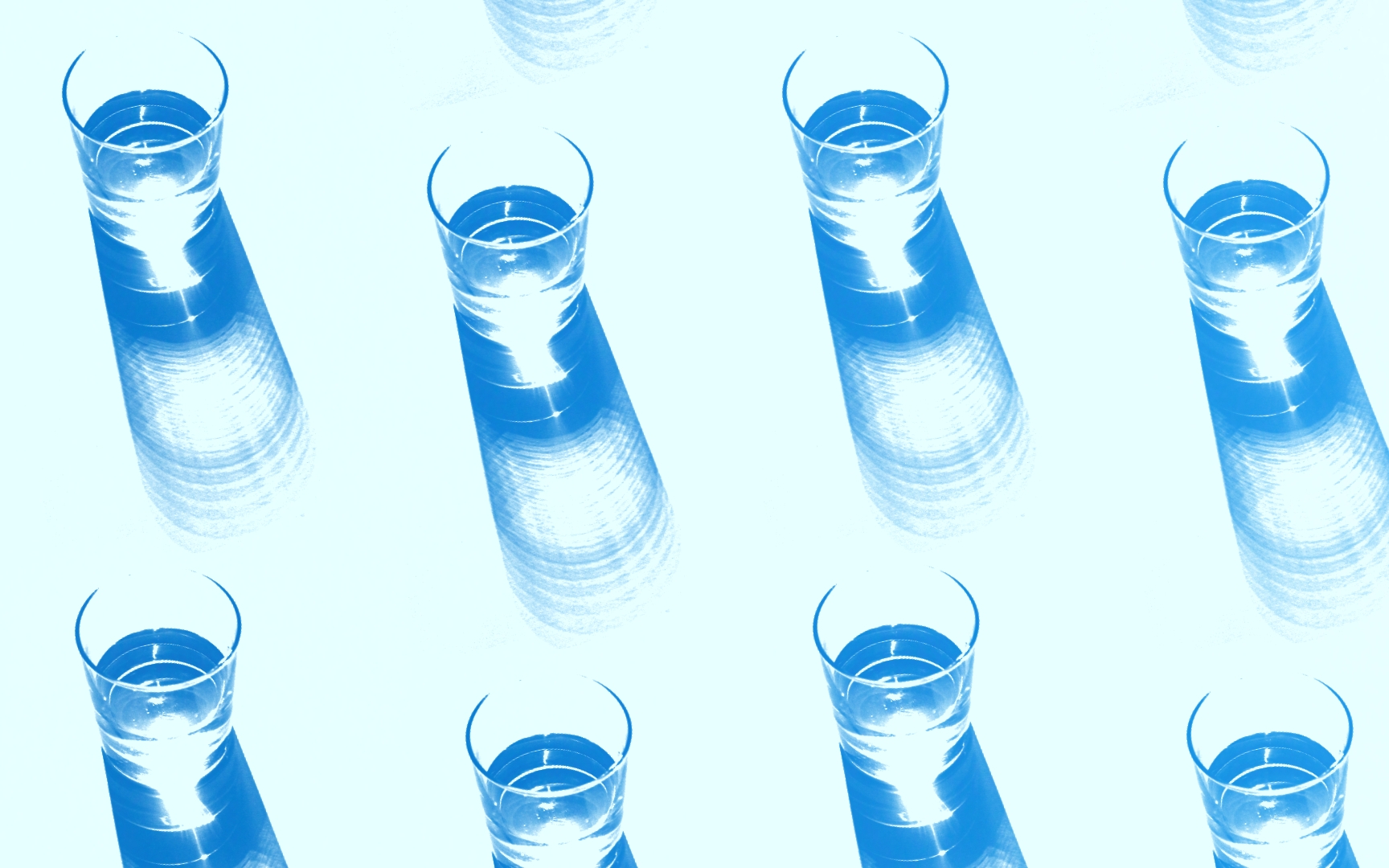Staying hydrated is fairly standard medical advice that most of us have become accustomed to hearing. After all, with water making up around 60 per cent of our body, it would seem only logical.
But for a select few, water may carry more of a risk than benefit. Aquagenic pruritus is a skin condition “characterized by the development of severe itching on contact with water without observable skin lesions,” according to the Indian Journal of Dermatology.
Aquagenic Pruritus is officially classified as a rare disease. The exact percentage of people with it is difficult to narrow down as it varies greatly between populations, but the Genetic and Rare Diseases Information Center states that the disease ranges “between 1.4 per cent to 24 per cent across different populations at any given point in time.”
“Rare diseases often don’t get the funding they require in order to research them further because resources are allocated towards conditions that affect a larger number of people,” says third-year health sciences student Akanksha Patel.
“While this is a good thing, it unfortunately means that those with conditions that are far less common often don’t get the answers they’re looking for,” says Patel.
The onset of this allergy typically begins immediately after skin contact with water of any temperature and can last for an hour or more. It can be so difficult for some to manage that it creates a psychological aversion to bathing.
The condition results in intense itching and irritation in parts of the body that come into contact with water. Most commonly affected are the legs, arms, chest, back, and abdomen. The head, neck, face, and hips rarely exhibit symptoms.
This condition may sometimes be a symptom of polycythemia vera — a form of blood cancer that results in the excessive creation of red blood cells by the bone marrow.
Links have also been found to other conditions such as hepatitis C infections, T-cell non-Hodgkin’s lymphoma, and myelodysplastic syndrome among other serious diseases.
“Aquagenic pruritus definitely appears to be highly represented among those with polycythemia vera. Studies have shown that as many as approximately 40 to 50 per cent of those with the blood cancer also show symptoms of this skin condition,” says Swar Shah, a first-year medical student at the Royal College of Surgeons in Ireland.
As for why such a condition would develop in the first place, though there are some hereditary links, an official cause remains unknown.
Researchers have, however, suggested possible causes that could lead to more knowledge of the ‘why’ behind this disease in the future.
Proposed causes include increased mast cell degranulation, which means granules of excessive histamine and other compounds are being released into the body by mast cells (a key cell in the functioning of the immune system).
Another suggestion is the release of acetylcholine, a compound in the body that “sends signals from nerves to muscles and between nerves in the brain.”
The disease may also potentially be tied to increased skin fibrinolytic activity, during which the breakdown of clots in the skin are accelerated.
There is no specific test to determine if one may suffer from the condition, and diagnosis is typically based on ruling out other possible conditions.
Generally speaking, however, if an individual encounters severe itching or burning consistently when in the contact of water, has no visible skin manifestations, reacts within 10 minutes to two hours of exposure and lacks any other skin condition, aquagenic pruritus may be considered.
As for treatments, there is no singular approach to alleviating one’s symptoms. There have been several treatments used all with varying degrees of success including using skin softeners that repel water, antihistamines and the use of tight-fitting Lycra clothing.
A full list of possible treatments can be found here.


